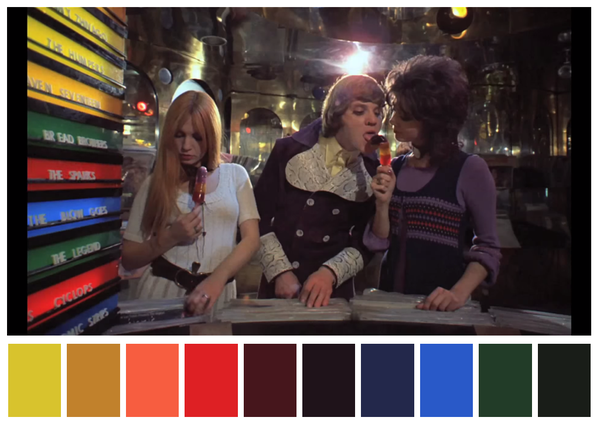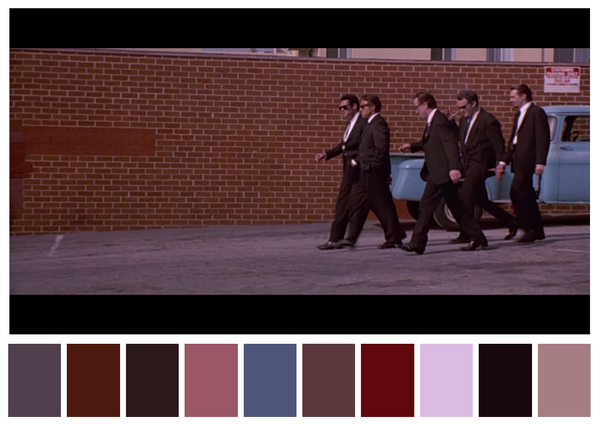In 1973, Pink Floyd released their influential concept album, The Dark Side of the Moon, which garnered both critical and commercial success. The album sold some 45 million copies, and remained on Billboard’s Top LPs & Tapes chart for 741 weeks (from 1973 to 1988). All of which was great for Pink Floyd. But not so much for science and education.
As Neil deGrasse Tyson explains above. “That Pink Floyd had an album with that title meant I spent decades having to undo [that fact] as an educator.” That’s because “there is no dark side of the moon.” “There’s a far side and there’s a near.” “But all sides of the moon receive sunlight across the month.”
To delve deeper into this, it’s worth reading this short article (Mythbusters: Is There Really a Dark Side of the Moon?) from Yale Scientific Magazine. There, they elaborate:
No matter where we are on Earth, we see and always have seen only one face of the moon. Since the moon rotates on its axis in the same amount of time that it takes the body to orbit our planet, the same half face of the moon is consistently exposed to viewers on Earth. This timing is caused by a phenomenon called tidal locking, which occurs when a larger astronomical body (Earth) exerts a strong gravitational pull on a smaller body (the moon), forcing one side of the smaller body to always face the larger one.…
[T]he fact that we earthlings cannot see the far side of the moon does not mean that this face is never exposed to sunlight. In fact, the far side of the moon is no more and no less dark than the hemisphere we do see.
Get the rest here.
If you would like to sign up for Open Culture’s free email newsletter, please find it here. It’s a great way to see our new posts, all bundled in one email, each day.
If you would like to support the mission of Open Culture, consider making a donation to our site. It’s hard to rely 100% on ads, and your contributions will help us continue providing the best free cultural and educational materials to learners everywhere. You can contribute through PayPal, Patreon, and Venmo (@openculture). Thanks!
Related Content:
Neil deGrasse Tyson Lists 8 (Free) Books Every Intelligent Person Should Read
Michio Kaku & Noam Chomsky School Moon Landing and 9/11 Conspiracy Theorists





